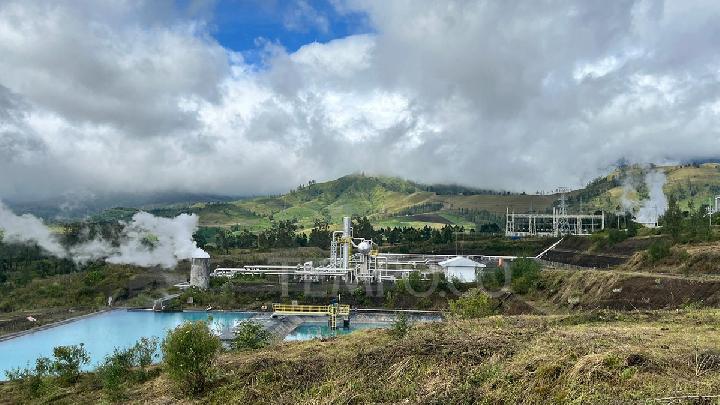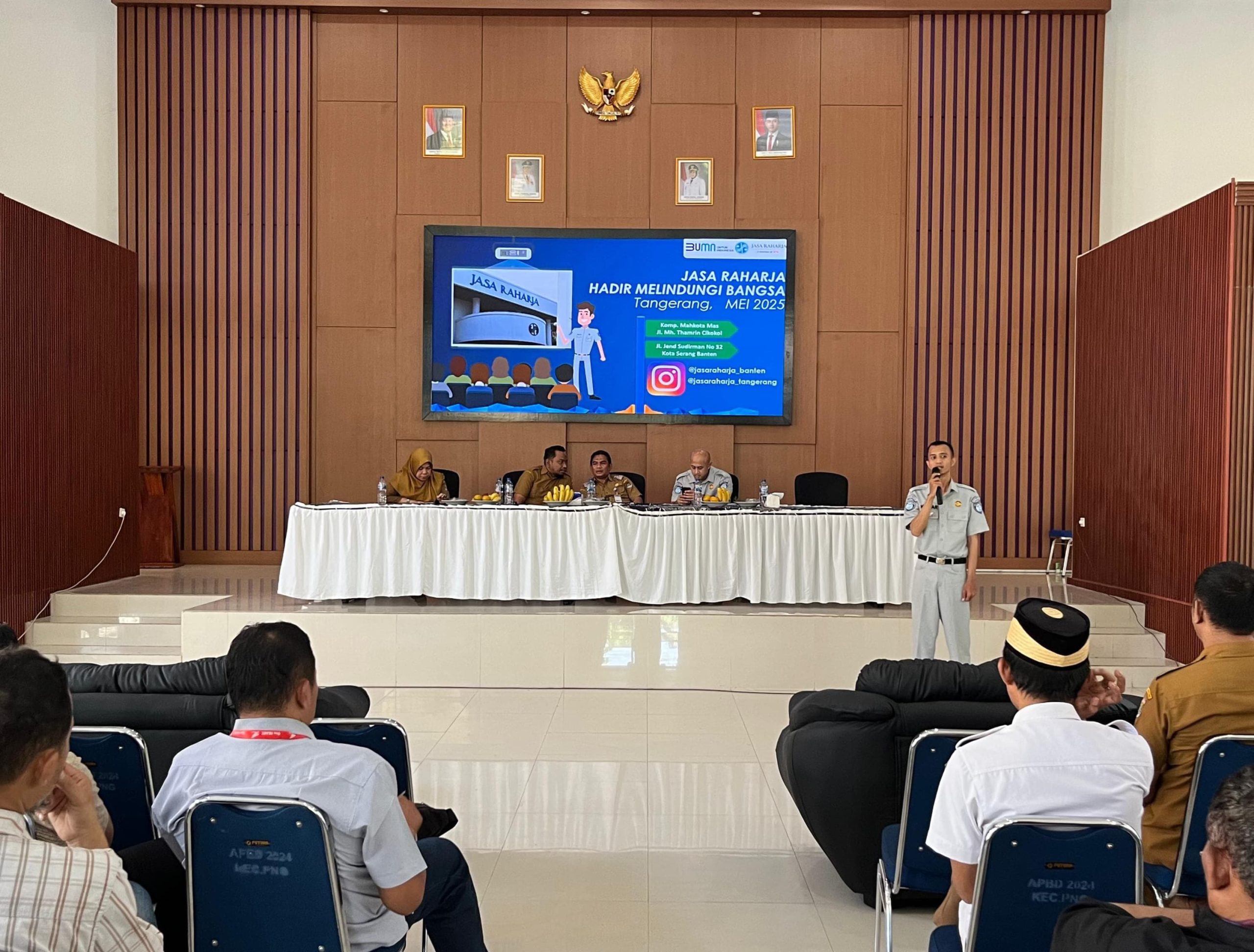TEMPO.CO, Jakarta - Initial investigations into the Air India Boeing 787 Dreamliner crash will prioritize understanding why the aircraft struggled to gain altitude after takeoff. Air India Flight AI171, carrying 242 passengers, crashed shortly after departing from Ahmedabad, Gujarat on Thursday, June 12, 2025.
Aviation expert Alex Macheras, quoted by Al Jazeera, highlighted that takeoff and landing are the most critical phases of flight, demanding intense coordination among the crew, air traffic controllers, and other airspace authorities.
He emphasized that the investigation will focus on why this particular Boeing 787 Dreamliner, which has been in operation with Air India for 11 years and is part of a global fleet of 1,100 aircraft, encountered difficulties during this crucial phase.
Unverified social media footage shows the aircraft struggling to climb after takeoff, surprising aviation professionals due to the 787's strong safety record. Macheras noted that this anomaly will be a primary focus of the investigation.
Further information from former pilots suggests that the aircraft's failure to retract its landing gear, which remained extended during the brief flight, could indicate engine power loss or hydraulic system failure. The pilots made an emergency call, signaling that the flight crew detected a serious issue in the cockpit.
The aircraft reached an altitude of only about 625 feet before crashing, and the extended landing gear may have contributed to its inability to climb properly. This raises questions about potential engine damage or hydraulic problems, which are crucial for landing gear retraction and other flight systems.
The Air Accidents Investigation Branch (AAIB) has been tasked with conducting a detailed investigation, including analyzing flight data and cockpit voice recorders to determine the exact cause of the crash. Authorities are also examining the coordination between the flight crew and air traffic control during the incident, as well as potential mechanical failures or human factors involved.
Investigators are focusing on these anomalies and will analyze the black box and other flight data to uncover the sequence of events that led to the crash. These findings will be crucial not only for understanding this tragedy but also for assessing any implications for other Boeing 787 Dreamliners currently in operation.
What Do the Analysts Say?
Aviation experts are scrutinizing the incident, particularly questioning why the aircraft's landing gear remained deployed during the flight, which is highly unusual for that phase, as reported by The Economic Times.
Normally, the landing gear is retracted shortly after takeoff, typically between 30 and 50 feet of altitude. In this case, the aircraft was at approximately 600 feet with the landing gear still extended, raising concerns about possible engine power loss or other technical problems detected before or during the climb.
Former pilot Ehsan Khalid suggested the aircraft appeared to experience power loss, likely due to engine damage. However, he deemed it unlikely that both engines would fail simultaneously, especially from bird strikes in such a short timeframe.
He emphasized the importance of analyzing the Flight Data Recorder, Cockpit Voice Recorder, and ACARS data to determine the exact cause. Khalid also noted the pilot's emergency call, indicating the flight crew's awareness of an issue and their attempts to address it. The unusual position of the landing gear indicates a potential emergency situation for the flight crew, but the exact reason remains unclear pending the investigation.
U.S. aviation safety consultant Anthony Brickhouse echoed these concerns, noting that the aircraft's configuration resembled a landing setup rather than a climb after takeoff. This anomaly, combined with the aircraft's power loss and low-altitude crash, suggests either a single critical failure or several simultaneous issues faced by the flight crew.
Further analysis from commercial pilot and journalist Nagarjun Dwarakanth highlighted that the aircraft's wings were fully extended while the landing gear was still down, which is highly unusual at such a low altitude and speed. Retracting the wings too early would reduce lift and increase the risk of a stall.
The combination of extended landing gear and extended flaps suggests potential layered technical failures or emergency actions by the crew in response to damage. Despite these issues, the aircraft did not exhibit significant yawing or rolling, indicating that control was maintained until the loss of altitude and crash.
Aviation safety consultant John M. Cox emphasized that investigators are likely to focus on whether the Air India Boeing 787 was properly configured for flight at the time of the crash. Cox, CEO of Safety Operating Systems in Washington D.C., stressed that it is still too early to draw conclusions. However, he noted that rough images of the aircraft suggest the main focus of the investigation will be the position of the aircraft's flaps and wings at takeoff.
He explained that the images show the aircraft's nose rising while it continues to lose altitude, indicating inadequate lift. Flaps and wings are crucial for increasing wing lift at lower speeds. From the rear view of the aircraft, Cox observed that the trailing edge flaps did not appear to be in the expected position. He cautioned that the poor quality of the images obstructs definitive conclusions, but this aspect will certainly be examined by investigators.
Editor's Choice: Sole Survivor Emerges from Tragic Air India Crash, Found in Seat 11A
Click here to get the latest news updates from Tempo on Google News


















































